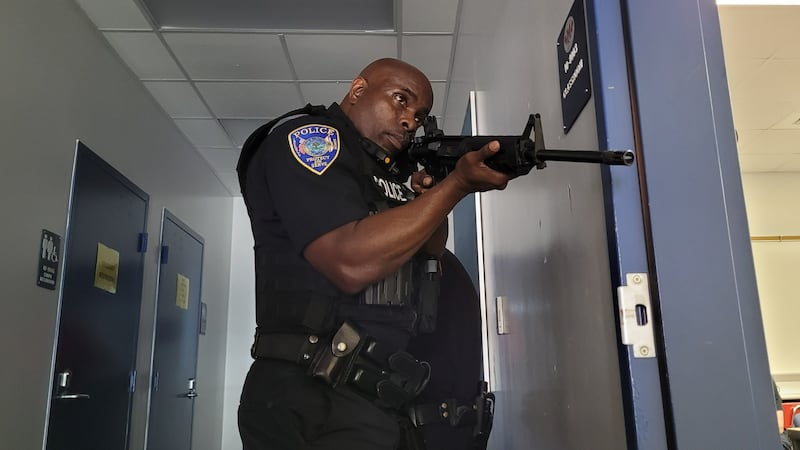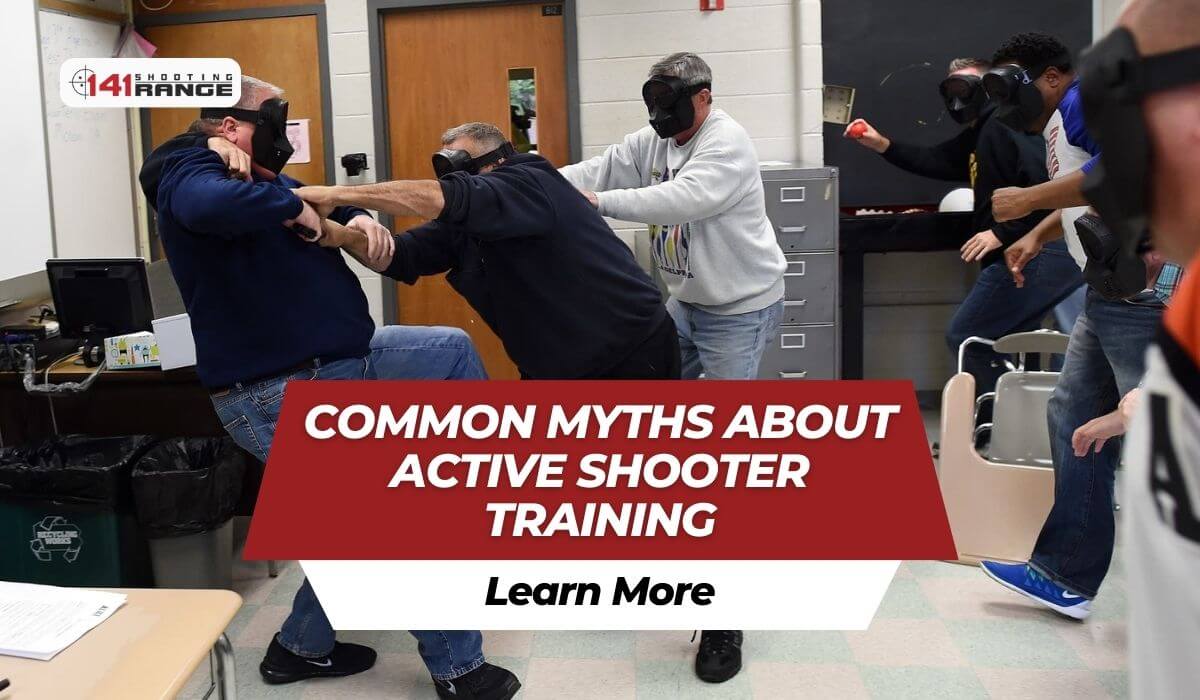How to Prepare Your Team with Active Shooter Training for Emergencies
How to Prepare Your Team with Active Shooter Training for Emergencies
Blog Article
Carrying Out Active Shooter Training: Ideal Practices for Producing a Safe and Prepared Neighborhood Environment
As neighborhoods face the distressing truth of active shooter incidents, the implementation of extensive training programs becomes critical. What are the important components that can change a conventional training program right into a durable model for community strength?

Understanding the Demand for Training
In a period marked by boosting incidents of physical violence in public rooms, comprehending the requirement for energetic shooter training has actually never been a lot more vital. Thorough training initiatives can gear up participants with the expertise and skills to respond decisively.
In addition, the psychological effect of physical violence on individuals and communities can not be overstated. Training promotes a feeling of empowerment and readiness, enabling people to feel more protected in their surroundings. It likewise promotes a culture of security, where understanding and alertness end up being important components of day-to-day live. The advantages of energetic shooter training prolong beyond prompt feedback; they consist of boosting interaction methods and boosting general precaution within organizations.
Key Components of Effective Programs
Reliable active shooter training programs incorporate numerous vital elements that enhance preparedness and feedback abilities. Comprehensive educational program advancement is essential, ensuring that training material is relevant, evidence-based, and customized to the specific demands of the company or neighborhood. This consists of comprehending the characteristics of active shooter events and the mental influence on people involved.
Second, realistic training circumstances must be employed to replicate potential circumstances, allowing individuals to practice decision-making and action strategies in a controlled setting. These drills help with muscle memory and construct confidence among individuals.
Third, a concentrate on interaction methods is critical. Developing clear lines of interaction among legislation enforcement, emergency situation responders, and participants makes certain coordinated actions during an occurrence. Normal updates and correspondence course assist keep interaction pathways clear and efficient.
4th, ongoing assessment and comments devices should be integrated into the training program - active shooter training. Evaluating the efficiency of training via participant feedback and performance metrics allows for continual improvement
Lastly, fostering a society of security and readiness within the neighborhood motivates alertness and aggressive actions, making sure that people are not only experienced however likewise taken part in preserving a safe atmosphere.
Engaging Area Stakeholders

To effectively involve these stakeholders, it is necessary to communicate the goals and benefits of the training. Organizing educational sessions can help make clear the training's purpose, address problems, and describe the duties each stakeholder may play. Creating a stakeholder advising committee can promote ongoing dialogue, permitting for diverse viewpoints and insights to be incorporated right into the training program.
Building connections with area leaders and companies is also crucial. Their support can boost outreach initiatives, increase engagement, and make sure that training is customized to the one-of-a-kind needs of the neighborhood. Furthermore, stakeholders can aid in disseminating info and resources, strengthening the message of safety and security and readiness.
Inevitably, engaging neighborhood stakeholders not just reinforces the training campaign but likewise grows a feeling of possession among residents, bring about a more durable and enlightened area qualified of responding efficiently to potential threats.
Educating Shipment Techniques
Using a selection of training distribution approaches is necessary to suit the varied discovering styles and demands of individuals in active shooter training programs (active shooter training). Effective training can take numerous types, including lectures, hands-on simulations, online components, and interactive workshops. Each approach serves a distinct purpose and can enhance the overall learning experience

On the internet components use adaptability and access, enabling individuals to find out at their own pace. These can consist of video clips, quizzes, and discussions to determine understanding. Interactive workshops urge team conversations and problem-solving, advertising teamwork and interaction abilities.
Incorporating a mixed strategy that integrates these additional info techniques not just improves the training experience yet likewise makes certain that individuals are better prepared to respond efficiently in case of an active shooter scenario (active shooter training). By addressing different discovering choices, organizations can produce an extra informed and responsive community
Constant Analysis and Improvement
Routine analysis and improvement of active shooter training programs are vital to keeping their importance and performance. As threats evolve, so need to the approaches and techniques used in training. Continual assessment makes sure that training material shows the most current intelligence on active shooter events, integrating lessons found out from recent occasions and adjusting for emerging patterns.
To promote this procedure, companies must develop responses mechanisms that consist of individual analyses, specialist evaluations, and event debriefs. Accumulating information on individual performance throughout drills and workouts is necessary, as it highlights locations requiring enhancement and notifies future training sessions. Additionally, involving with legislation enforcement and emergency -responders can give useful insights right into the usefulness and applicability of training procedures.
On a regular basis arranged evaluations of training products and methods ought to be mandated, cultivating an atmosphere of innovation and flexibility. Organizations needs to additionally motivate a society of continuous learning, where personnel feel encouraged to suggest adjustments based on their experiences. By committing to continual assessment and renovation, organizations not just enhance the performance of their active shooter training continue reading this programs yet also enhance their overall dedication to safety and preparedness within the area.
Final Thought
Finally, efficient execution of active shooter training requires a comprehensive strategy that prioritizes neighborhood involvement and practical simulations. By establishing customized curricula, including diverse training techniques, and cultivating collaboration among stakeholders, areas can improve preparedness. Constant examination and responses mechanisms are necessary for adjusting programs to emerging dangers, thereby strengthening general safety and security. Ultimately, a commitment to continuous training and renovation grows a culture of watchfulness and readiness, making sure a safer environment for all community members.
Report this page